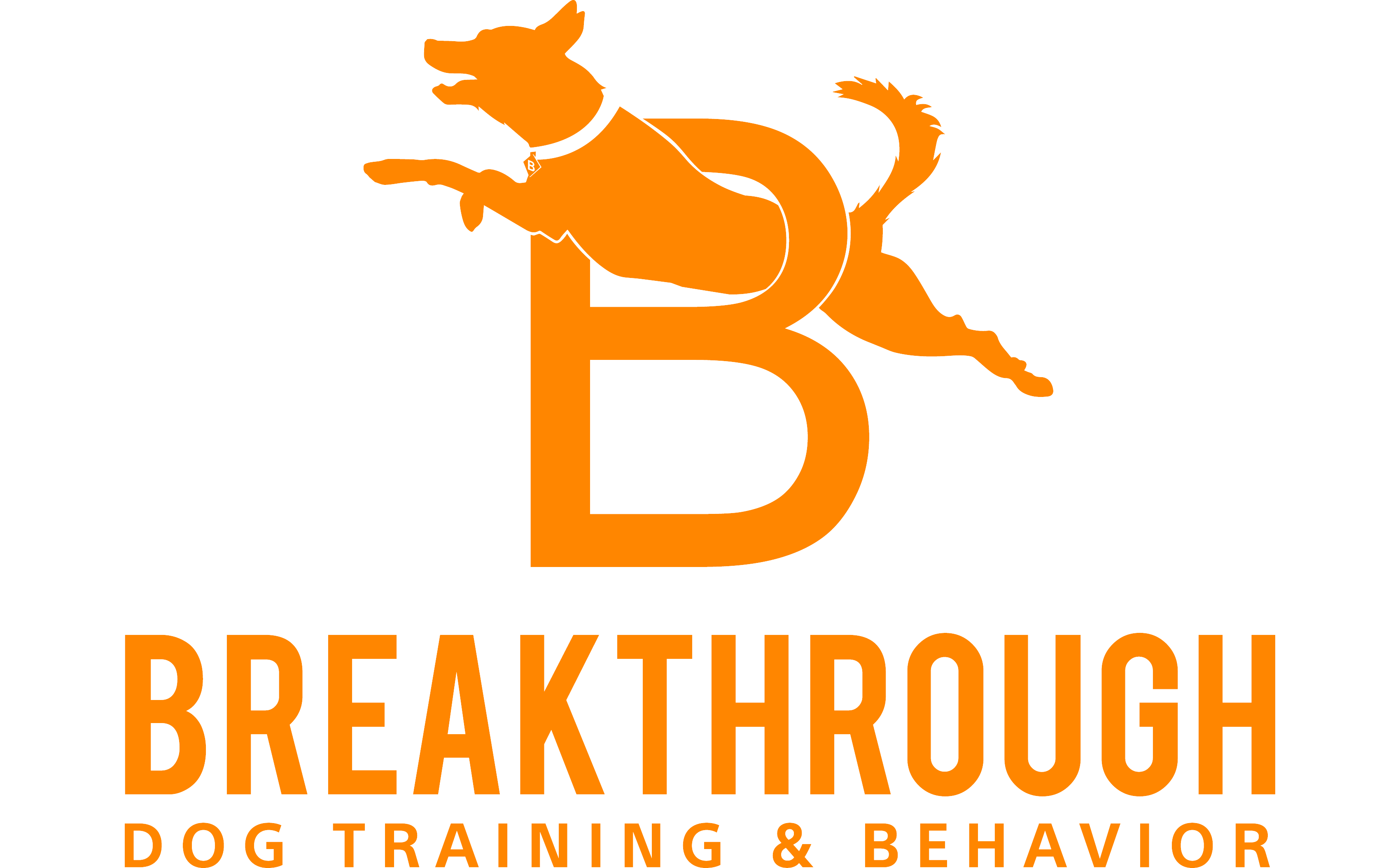Crate training is a highly effective method for both house training and providing your dog with a safe, secure space. Here’s a comprehensive guide based on the practices of professional dog trainers, particularly in areas like Highland Park where dog owners often seek positive reinforcement techniques.
Step-by-Step Guide to Crate Training Your Dog
1. Choose the Right Crate
– Size: The crate should be large enough for your dog to stand up, turn around, and lie down comfortably. Avoid oversized crates, as they may allow for elimination in one corner and sleeping in another.
– Type: You can use wire crates, plastic crates, or soft-sided crates, depending on your dog’s behavior and your needs.
2. Introduce the Crate
– Positive Association: Place the crate in a common area of your home. Leave the door open, and allow your dog to explore it on their own. Place treats, toys, or a cozy blanket inside to encourage exploration.
– Short Sessions: Allow your dog to enter and exit the crate freely for the first few days. Eventually, you can encourage them to stay inside for short periods while rewarding them with praise and treats.
3. Create a Comfortable Environment
– Bedding: Provide soft bedding or blankets to make the crate inviting.
– Toys: Include chew toys or interactive toys to keep your dog occupied when inside the crate.
4. Start Closing the Door
– Once your dog is comfortable entering the crate, start closing the door for a few seconds while you’re nearby. Gradually increase the time the door is closed while providing treats or a chew toy to create a positive experience.
– Practice this multiple times a day, always rewarding them for calm behavior.
5. Gradually Increase Duration
– After your dog is comfortable with short durations, begin leaving the room for brief periods while your dog is in the crate. Slowly increase the time you are away, always making sure to reward your dog once you return.
– Keep in mind that the first few times you leave, your dog may vocalize. It’s important to wait until they are quiet before letting them out, as this teaches them that being quiet gets them released.
6. Establish a Routine
– Dogs thrive on routine. Regularly schedule crate time, especially when you cannot supervise them. This can be after meals, during your leaving times, or when they need to calm down.
– Consistency helps your dog understand when to expect crate time, reducing anxiety.
7. Use the Crate for Positive Moments
– Utilize the crate for quiet times, such as during thunderstorms or fireworks.
– You can also feed your dog their meals in the crate to reinforce the idea of it being a safe and positive space.
8. Be Patient and Avoid Negative Associations
– Avoid using the crate as punishment. This will create fear or anxiety about the crate.
– If your dog makes a mess in the crate, it’s essential to stay calm and not punish them. Instead, clean it up and reinforce the proper potty schedule outside.
9. Gradually Transition to Independence
– Once your dog is comfortable, you can eventually transition to leaving the crate door open when you are home, allowing them to choose their space.
– Monitor their behavior. If they start to use the crate as a den for comfort, that’s a sign that they’ve embraced it as their space.
Conclusion
Crate training requires patience, consistency, and positive reinforcement. Each dog is unique, so adjust these steps according to your dog’s comfort levels and behavior. In Highland Park, many trainers emphasize an approach based on building trust and security with your dog. By taking your time and creating a positive association with the crate, you can successfully crate train your dog and provide them with a safe haven.
Contact Breakthrough Dog Training to learn more.
